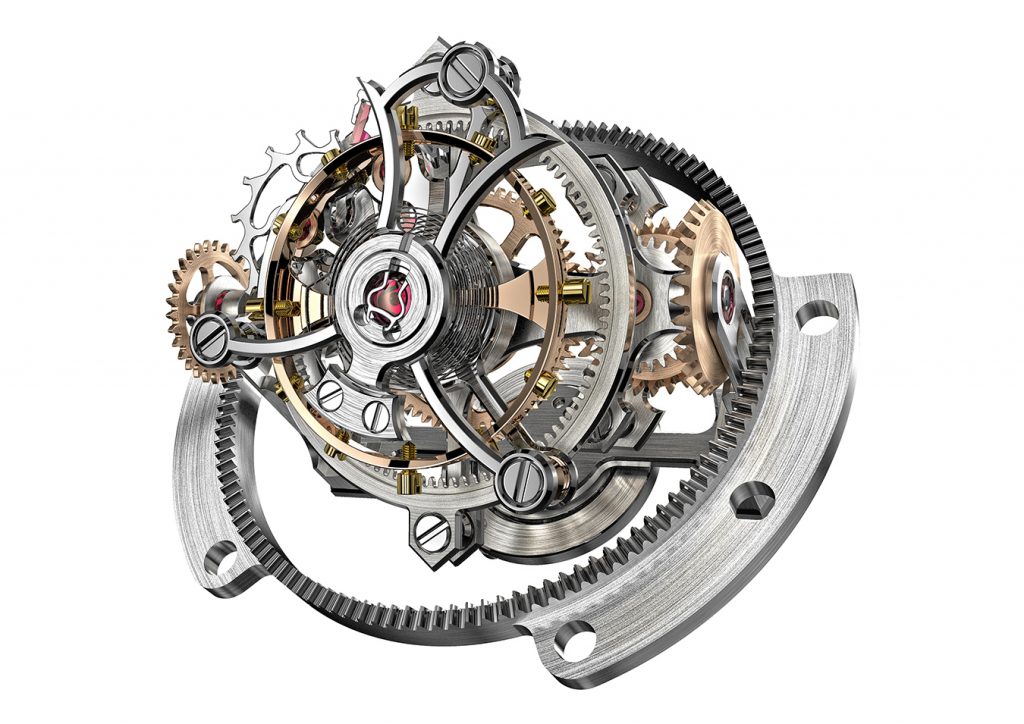Beauty, they say, is in the details. Well, at Baselworld, there is an avalanche of detail, and here is one vivid example: Girard-Perregaux, one of the original watchmaking firms, founded in 1791. And when the company says it stays true to its traditions, it is actually something of an understatement.
Willy Schweizer has an Girard-Perregaux official title: Conservateur du Patrimoine. There are a lot of possible translations, but the one I prefer resonates with Willy himself: historian and celebrant. He is an understated gentleman except when it comes to horology, the art and science of fine watchmaking. “It was never, even at the beginning, about simply telling time.” That is why the industry still exists at all, since actual timekeeping can be done more efficiently, though only slightly, by digital means.
“We make these watches, and strive for truly new innovations, new complications, because it is about human endeavour, and that is something we do not wish to lose,” Schweizer says. Girard-Perregaux introduced two completely new timepieces at Baselworld this year, though both are still firmly grounded in principles and practices begun back in 1791. One is the Neo-Tourbillon with Three Bridges, a piece made in extremely limited numbers. The bridges involved are titanium, arrow-shaped, beveled and sandblasted, and cross the expanse of the watch’s face. It is a heightening of awareness that these are in fact man-made, not machine-made, since the bridges are usually hidden from view.
The other, only 10 of which were made, is the Tri-Axial Tourbillon, in which the tourbillon cage itself has more than 40 parts. It rotates every one minute on its first axis, 30 seconds on the second, and two full minutes on the third. Still pictures cannot do this justice, since the tourbillon cage, occupying roughly the seven to 10 o’clock position on the watch face, is in perpetual motion. You can see why Schweizer notes that, “You would almost have to pay attention in order to tell the time with this piece.”











